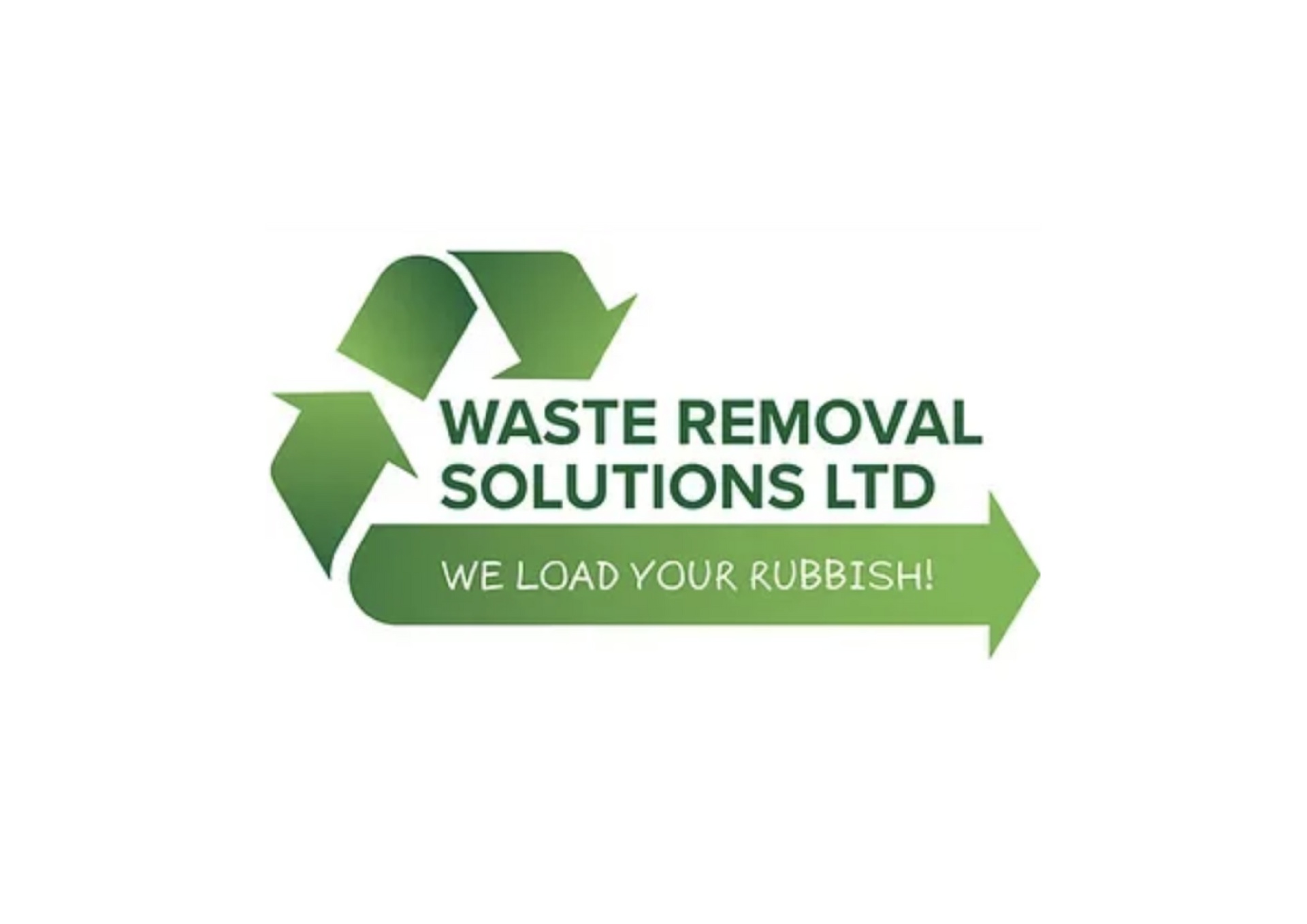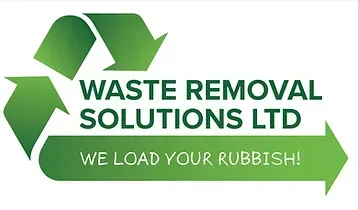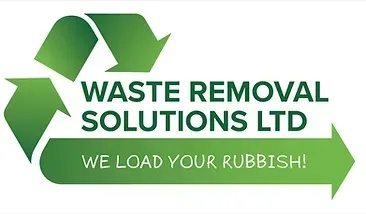Builder’s Waste: What Happens to Construction Rubbish After Collection?
The Hidden Journey of Construction Waste
Every building project, from a small bathroom renovation to a full home extension, creates a surprising amount of waste. Broken tiles, plasterboard, bricks, old fixtures, and timber can quickly pile up — and once it’s removed from your site, most people never think about what happens next.
The truth is, builder’s waste doesn’t just disappear. What happens after collection is a highly regulated process designed to protect the environment and ensure safe handling of materials.
At Waste Removal Solutions, we manage construction waste responsibly, ensuring that it’s transported, sorted, and recycled in compliance with UK environmental laws. In this post, we’ll lift the lid on what actually happens to your builder’s waste after it’s collected — and why choosing a licensed waste carrier makes all the difference.
The Scale of Construction Waste in the UK
Construction and demolition activities account for nearly two-thirds of the UK’s total waste output. That includes everything from small domestic renovations to major commercial developments. According to government data, the UK produces over 60 million tonnes of construction waste every year, much of which can be reused or recycled if handled properly. However, without the right systems in place, much of this still ends up in landfill. This is why professional, compliant waste management is critical — not just for legal reasons, but for protecting the environment and conserving natural resources.
Step One: Collection and Classification
The first step in the journey of builder’s waste begins at your site. When you book a professional collection with Waste Removal Solutions, our team arrives equipped to load and transport your materials safely. We start by identifying and classifying your waste. Construction rubbish typically falls into a few key categories:
Inert waste: Non-reactive materials such as concrete, bricks, rubble, sand, and soil.
Non-hazardous waste: Timber, plasterboard, plastics, packaging, and mixed building debris.
Hazardous waste: Items containing chemicals, adhesives, or asbestos — these require specialist handling and licensed facilities.
Proper classification ensures that each material is sent to the correct recycling or disposal stream. It’s the first step towards maximising recycling rates and avoiding contamination.
Step Two: Transport to Licensed Waste Facilities
Once your waste is loaded, it’s transported to a licensed transfer station or recycling facility. Waste Removal Solutions operates under a full Environment Agency licence, meaning every load is traceable, documented, and disposed of legally. At the facility, the waste is weighed and recorded for compliance purposes. Accurate tracking ensures that no material goes unaccounted for, which is vital under UK waste carrier regulations. Choosing an unlicensed operator not only risks environmental harm but also exposes you, the customer, to legal penalties. Using a reputable, certified company protects you from potential fines and ensures your waste is handled correctly.
Step Three: Sorting and Separation
At the recycling facility, construction waste is carefully sorted into different material types. This is done both manually and using mechanical separation equipment. Typical materials recovered include:
Metals: Separated using magnets and sent for smelting and reuse.
Wood: Sorted by grade; some is chipped for biomass fuel, while reusable timber is reclaimed.
Plastics: Cleaned and sent for recycling into new construction products or packaging.
Inert materials: Crushed into aggregates for use in road building and construction backfill.
Plasterboard: Separated and recycled into new gypsum-based products.
This sorting process is key to reducing landfill waste. In most cases, over 90% of collected construction materials can be diverted from landfill when managed properly.
Step Four: Recycling and Reuse
Once separated, recyclable materials are processed and reintroduced into the supply chain. For example:
Concrete and rubble are crushed into hardcore aggregate for foundations.
Metals are melted down and reused in manufacturing.
Wood can be transformed into chipboard or used for energy recovery.
Plastics are pelletised for reuse in new products.
By recycling these materials, we conserve energy, reduce demand for raw resources, and cut down on carbon emissions associated with manufacturing new products Waste Removal Solutions works only with accredited recycling partners who maintain the highest environmental standards — ensuring every tonne of waste is put to its best possible use.
Step Five: Safe Disposal of Non-Recyclable Waste
Even with the most advanced systems, not everything can be recycled. Some contaminated or composite materials must still go to landfill or specialised treatment centres. However, our priority is always waste minimisation. Anything that can be reused or repurposed is separated first, and only residual, non-recyclable materials are sent for final disposal. This approach helps us maintain an industry-leading recycling rate and ensures our customers meet their environmental responsibilities with confidence.
Why Choosing a Licensed Waste Carrier Matters
In the UK, it’s a legal requirement for anyone handling construction waste to be registered with the Environment Agency. Using an unlicensed carrier could result in:
Fines of up to £5,000 for improper disposal.
Liability for fly-tipped waste if traced back to your property.
Environmental harm and potential damage to your reputation.
By working with Waste Removal Solutions, you’re protected. Every collection includes:
Licensed waste transfer and documentation.
Full traceability from site to recycling centre.
Eco-friendly processing with minimal landfill use.
A professional team trained in safe, compliant waste handling.
When your project ends, you can be confident your waste has been managed legally, safely, and sustainably.
Building Responsibly: Sustainable Construction Starts with Disposal
Modern construction isn’t just about building efficiently — it’s about building responsibly. Proper waste management plays a major role in sustainable development, reducing environmental impact, and conserving resources. Whether you’re a homeowner renovating a property or a tradesperson managing site waste, working with a professional disposal company helps you meet your environmental obligations while keeping your site clean and safe.
At Waste Removal Solutions, we support builders, developers, and homeowners with reliable waste collection services designed to save time, reduce costs, and minimise environmental impact.
Book Your Builder’s Waste Collection Today
If you’re managing a renovation, extension, or new build, let us handle your waste quickly and responsibly.
- Fully licensed and insured waste carrier
- Same-day and next-day collections available
- Affordable pricing from £69
- 95% recycling rate
- Covering Oxfordshire, Berkshire, and West London
Book your builder’s waste collection today and join hundreds of satisfied clients who trust Waste Removal Solutions for fast, professional, and eco-conscious service.
Book Your Collection Now










